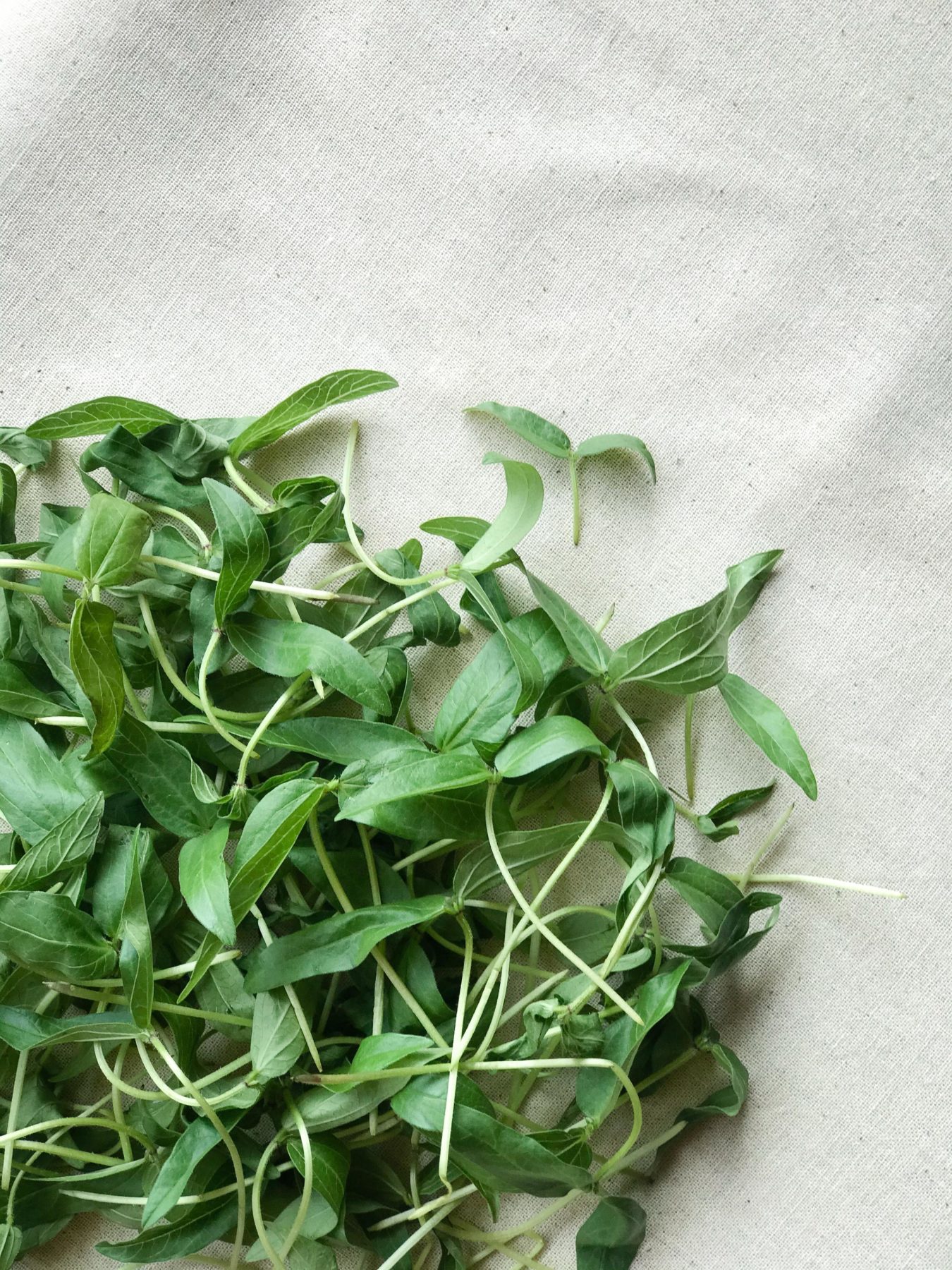Growing Your Garden

Fresh food is arguably the best food, filled with so many vitamins and antioxidants — not to mention they usually taste better. Freezing foods can be beneficial when working against time, but fresh foods are known to house more benefits, as they have not been through the process of packaging, transport, freezing or any other process besides being harvested. If you’re looking to get into the gardening game, save a few of these foods from your meal prep to put into your garden during Austin’s next sunny day.
Herbs
For basil, cilantro, parsley, mint and sage, cut the stems at an angle, just above a node, and place them in a glass with about 4 inches of water. Trim off any leaves on the stem that would otherwise touch the water, and let the herbs sit in a warm, sunny location or under a grow light until they sprout roots. About two weeks later, once the roots have formed, the herbs can be transferred into a pot with soil. Most herbs thrive in garden soil with 6+ hours of direct sunlight. Lavender, rosemary and bay are mediterranean plants that prefer gritty, drained soil. For a more detailed explanation, check out this video on how to propagate and grow basil from one plant.
Leafy Greens
A head of lettuce can be regrown by placing the stem in a bowl of water in a sunny location. Eventually, roots and new leaves will grow. Once you see the leaves growing, transfer the lettuce to soil, covering the entirety of the old lettuce with soil and leaving the new leaves exposed.
Check out this video to see how it’s done.
Cabbage
Cabbage can be regrown just about the same way as lettuce. Place the leftover leaves with the root side facing down in a shallow bowl of water. Leave the cabbage in a sunny spot and change the water every few days so it doesn’t gather bacteria. After a few days, roots should start to appear. When the roots are an inch or so long, the cabbage can be moved to soil to finish growing until harvest.
Root Vegetables
Carrots, parsnips, radishes, turnips, beets and rutabaga are all considered root vegetables. If you purchase a root vegetable with a green stem, you’ll want to cut the stem down but not completely off. Then, cut off the vegetable so just a bit of the top remains. You can eat the part of the vegetable you normally would. From there, you can submerge the top of the vegetable in a bit of water and leave the stem to grow. Once roots appear, you can replant the vegetable in soil.
Bulb Fennel
For fennel, place the bulb in water. When the roots appear and new green shoots arise, it’s time to transfer it into soil.
Celery
Celery is one of the easiest plants to regrow. Once you cut off the tops of the celery to eat, simply place the bottoms in a shallow container with warm water. Keep it in a sunny spot until roots and leaves grow. You can harvest it from the container or replant in soil for even more celery. Celery grows best when it’s about 60 to 70 degrees Fahrenheit during the day, so it’s best to plant the seeds in the late summer in Texas so it is ready to harvest in early winter.
Alliums
Alliums include onions, garlic, shallots, leeks and scallions — some of the most essential ingredients for cooking. All you have to do is place the bulb in shallow water, and it will regrow. You can harvest it from there. If planting them from seed, mid-October to December is the ideal time to plant alliums in Texas.
Potatoes
For potatoes, start with an inch-and-a-half-thick chunk of potato that has two or three eyes still on the skin. The eyes are indentations where shoots will grow. Dry the scraps out overnight and plant the potato with the eyes facing up, the same way you would plant a seed.
Sweet Potatoes
Cut the sweet potato in half and suspend it above a glass of water. After a few days, roots will form and spouts will shoot out of the top. Snip the sprouts off of the potato when they reach 4 inches and place the stems in a container of water. Once roots appear on the stems, plant them in soil.
Microgreens
Most microgreens cannot be regrown. Wheatgrass, however, is one that will continue to grow for a second round. It’s normally sold in soil at grocery stores, so when you harvest it, just be sure to leave a bit of grass when you cut them off, water it and give it some sun, and your wheatgrass should grow for another harvest. Microgreens are quite easy to grow from seeds, so if you live in an apartment and are tight on outdoor space, this could be a good option.
Ginger
Ginger can be sprouted in a bowl of water just like other vegetables, but it can also grow straight from the soil. Bigger chunks of ginger with more nodes for stems to shoot off from will result in faster growing ginger that can be harvested every spring. Epic Gardening has an in-depth video with all of the information you’ll need.
Citrus
If you have more space in your home or backyard, even citrus trees can be grown straight from the fruit you buy at the grocery store. For example, lemon seeds can be removed from the lemon, sown into soil about half an inch deep and left to grow into a tree. This may require more time, potting soil and fertilizer rather than regrowing scraps, but it’s a super cool project. Check out this other video for help.






